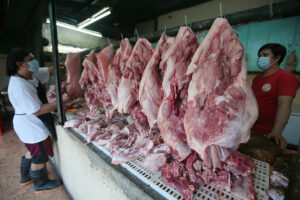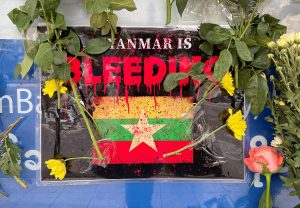Groups flag shortage of HIV meds

VARIOUS organizations have flagged the dwindling and unstable supply of HIV antiretroviral (ARV) treatment coming from the Philippines’ health department and national AIDS council.
In a statement, the Network Plus Philippines said it has been getting reports since May that many people living with HIV (PLHIVs) have been receiving only “one bottle of ARV or even less than that” when refilling their ARV medications in HIV treatment facilities.
The Department of Health (DoH) confirmed on May 31 there several regions — including Cagayan Valley, Central Luzon, Bicol, and Central Visayas — had low stock levels of TLD (tenofovir, lamivudine, and dolutegravir), a fixed-dose combination used in treating HIV/AIDS.
The group asked DoH and the Philippine National AIDS Council to address the issue with “immediate and long-term solutions.”
“The national PLHIV community has been demanding long-term solutions since we first experienced the problem of ARV stock-outs in 2014,” it said. “Yet, we only see stop-gap solutions like redistribution of stocks.”
“The Network stands to remain as DoH’s partner in finding long-term solutions, but we can no longer settle for intermediary reactive or stop-gap measures to this cynical problem.”
The group said the two agencies should address their accountabilities as directed by the HIV Policy Act of 2018, “and not remiss on their duties to ensure that PLHIV are given equitable access to quality ARV treatment.”
It also urged PLHIVs to continue reporting similar events.
The Philippines registered the fastest-growing HIV epidemic in the Asia-Pacific region, with most local cases occurring among young Filipinos, according to an April statement by the Joint United Nations Programme on HIV/AIDS (UNAIDS).
It said that since 2010, new infections among young people in the 15 to 24 age group have increased by 216% in the Philippines.
It was also seen in Papua New Guinea, whose new infections among the age group increased by 51% since 2010.
“A significant proportion of new infections in Cambodia (42%) and Indonesia (48%) are also among young key populations,” UNAIDS said. “This relatively new epidemic among young people stands alongside older, more established epidemics and requires distinct approaches.” — Kyle Aristophere T. Atienza




